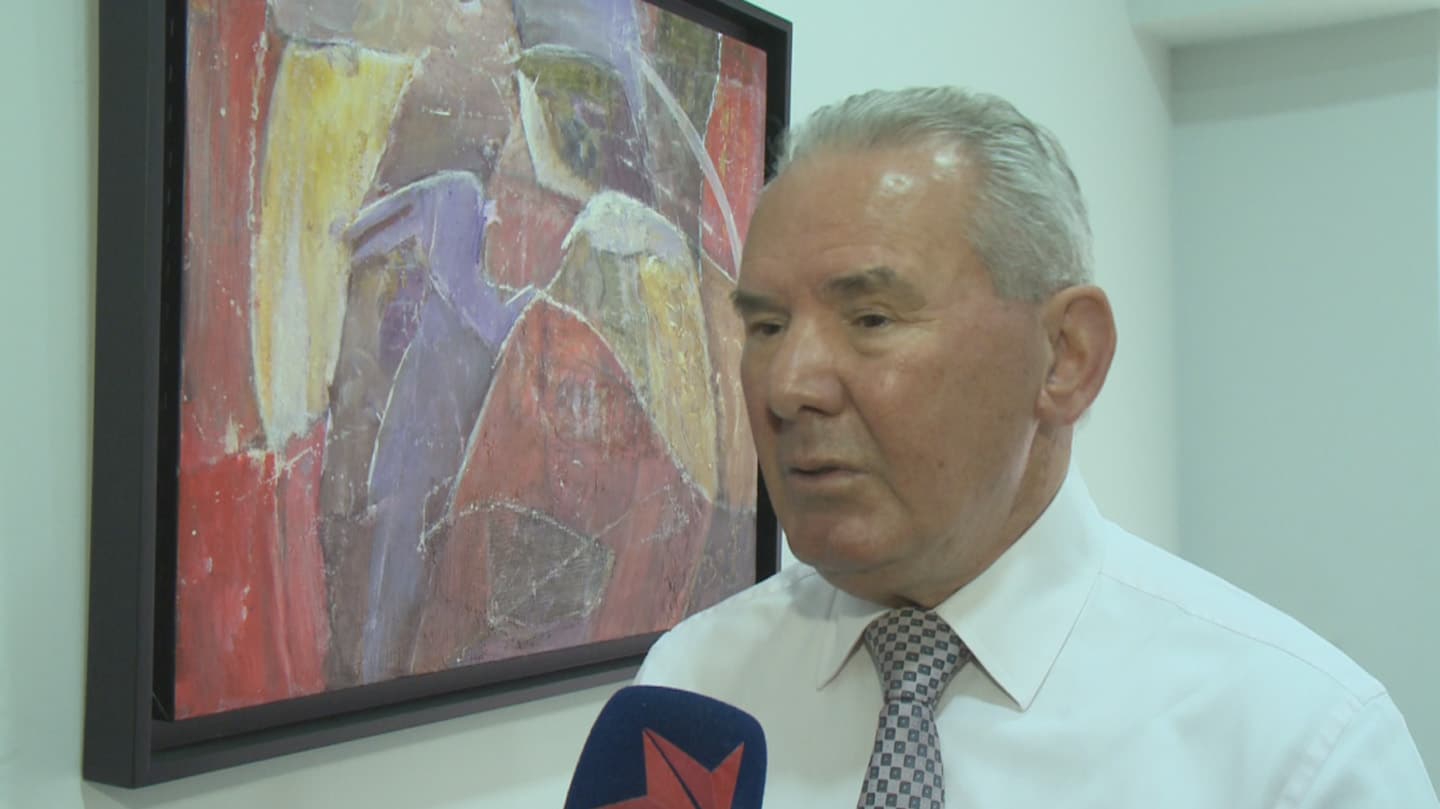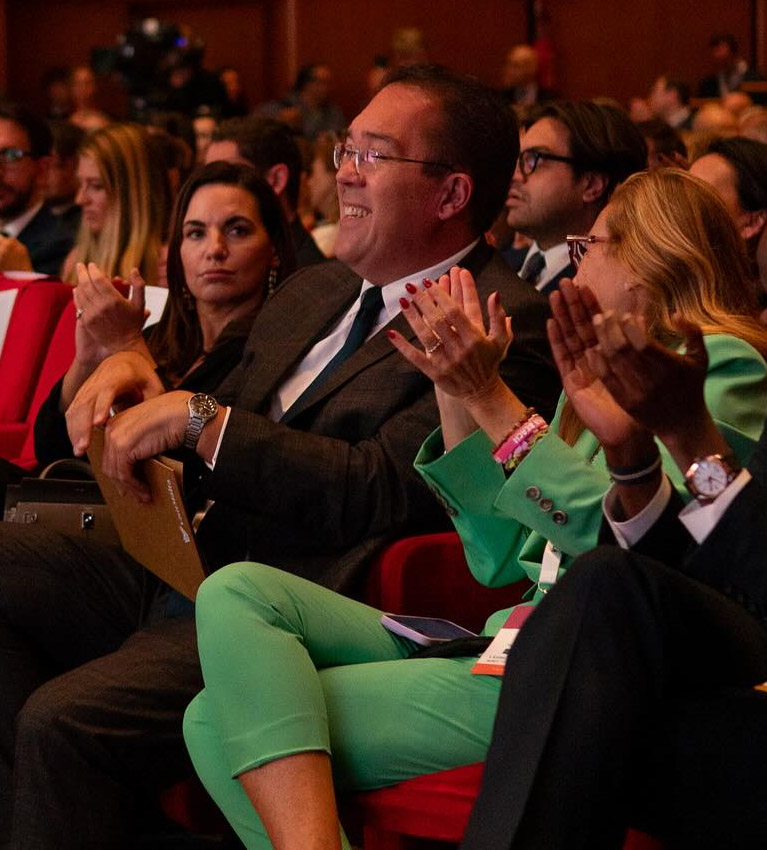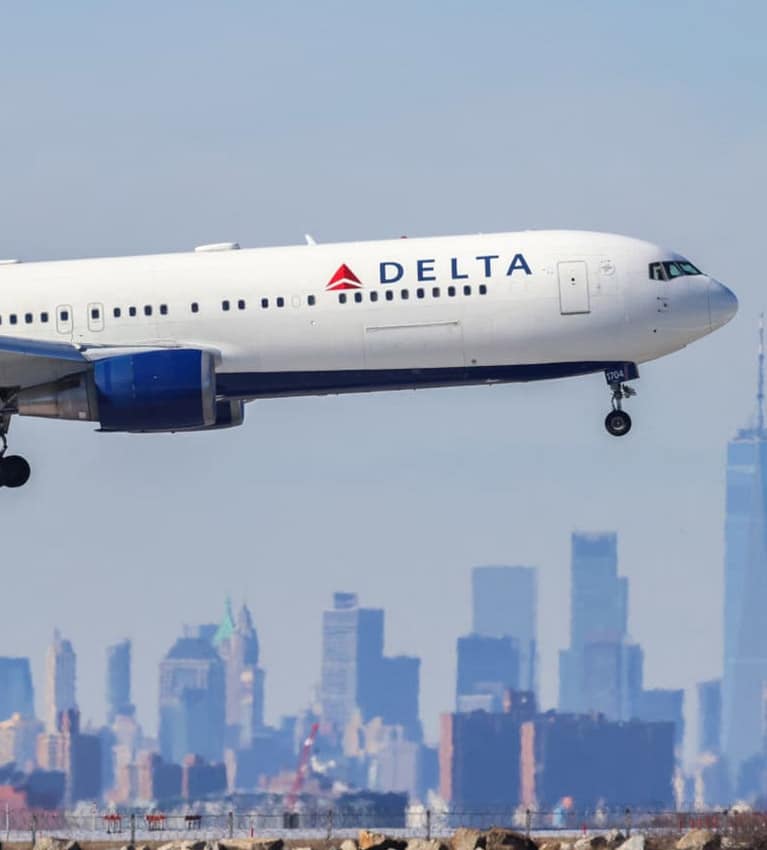
Invest in Your Team
November 23, 2022
ITS Signs Tourism Education Agreement with Switzerland
November 24, 2022

Tony Zahra
President – MHRA
Added: 20 November 2022
The BOV Deloitte quarterly report presented to MHRA members on the 22nd July, gave a snapshot view of the hotel occupancy results for Quarter 1 and Quarter 2 of 2022. The report also looked forward in terms of bookings on the books for Q3 and Q4.
As expected in Q1, all categories of hotels in Malta and Gozo had a very difficult time when compared to the record year of 2019. The Pandemic restrictions were more or less still in full force and the appetite for travelers to get on a plane and visit another country was very subdued. Not so for Q2 when the restrictions were lifted very fast and the result was a surge of bookings that had not been seen since 2019. Indeed flights arriving in Malta were experiencing record breaking seat utilization which was well into the 90 percent bracket.
The seats available to Malta or connectivity was running at 80 per cent of the 2019 figures and whilst in January this level of seat availability could have been interpreted by some analysts as bold, given the state of the industry and the unknowns of the pandemic and the government’s actions, it turned out to be a level where demand was exceeding supply.
This would have been a chance to add more seat capacity and thus the recovery to 2019 levels could have been reached even in 2022, however the aviation industry, like all hospitality everywhere, was experiencing its own HR crisis. Indeed we saw huge international airlines curtailing their programs due to shortage of staff and to compound matters the airports were reporting that they could not handle even the restricted flying and some even asked airlines to stop selling tickets. One very senior person in the Aviation industry summarized the situation to me as being; “total chaos in the industry”. Considering all of these challenges the results for Q2 for the accommodation sector in Malta and Gozo generally was satisfactory.
Looking forward into Q3 Deloitte reported some concerns. There clearly was a bias of consumer demand for three and four star accommodation with the five star segment reporting bookings for July and August round about the 50 percent mark. Clearly the 3 and 4 star markets were winning whereas the 5 star market was performing less than forecasted. There has been no research done as to why this has come about.
Some were arguing that the 5 star segment booked later than the 3 and 4 star and consequently when they tried to book, the seats had already been taken and therefore they could not travel to Malta. This could of course be what happened. We shall have to do more research to identify what has happened. It would be a major concern if the research was to find that the destination is not as attractive to the 5 star market as it used to be in years prior.
Looking into the coming winter, November 2022 – March 2023, the indications are that the number of seats on the market – Malta’s connectivity – is 80 percent of the seats that were available in the peak winter November 2018 – March 2019 – similarly for Summer 2023 it looks like we shall also have 80 percent of Summer 2019. The challenges with increasing the connectivity are there and will remain so until the aviation industry returns to some normality.
Of course ‘normal’ is subjective and the coming months look like they are going to be anything but normal – we are not only looking at the chaos in the aviation industry but the war in the Ukraine and now inflation could lead Europe into a recession. And to top it all, we now have a major crisis in the east with China threatening retaliatory military action following Ms Pelosi’s visit to Taiwan.
Forecasting and predicting results has always been a challenge – somewhere between an art and a science – forecasting and predicting results under the current international climate will be an even greater challenge and starts becoming more a game of chance than a logically thought out plan.



